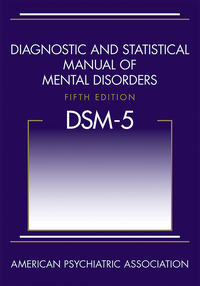
Photo from wikipedia
BACKGROUND & HYPOTHESIS Psychotic disorders are inequitably distributed by race in the United States, although it is not known whether this is due to assessment biases or inequitable distributions of… Click to show full abstract
BACKGROUND & HYPOTHESIS Psychotic disorders are inequitably distributed by race in the United States, although it is not known whether this is due to assessment biases or inequitable distributions of risk factors. Psychotic experiences are subclinical hallucinations and delusions used to study the etiology of psychosis, which are based on self-report and therefore not subject to potential clinician biases. In this study, we test whether the prevalence of psychotic experiences (PE) varies by race and if this variance is explained by socioenvironmental risk factors. STUDY DESIGN Data on demographics, PE, and socioenvironmental risk factors were collected through the National Survey of Poly-victimization and Mental Health, a national probability sample of US young adults. Logistic regression analyses were used to determine whether PE prevalence varied by race/ethnicity and, if so, whether this was attenuated with inclusion of indicators of income, education, urban/rural living, discrimination, and trauma exposure. STUDY RESULTS Black and Hispanic respondents reported PE at significantly greater rates than White or "other" ethnoracial groups, with hallucinations more commonly reported by Hispanic respondents. PE were significantly associated with police violence exposure, discrimination, adverse childhood experiences, and educational attainment. These factors statistically explained ethnoracial differences in the likelihood of overall PE occurrence and of nearly all PE subtypes. CONCLUSIONS Previously observed racial differences in psychosis extend beyond clinical schizophrenia, and therefore, are unlikely to be explained entirely by clinician biases. Instead, racial disparities in PE appear to be driven by features of structural racism, trauma, and discrimination.
Journal Title: Schizophrenia bulletin
Year Published: 2022
Link to full text (if available)
Share on Social Media: Sign Up to like & get
recommendations!